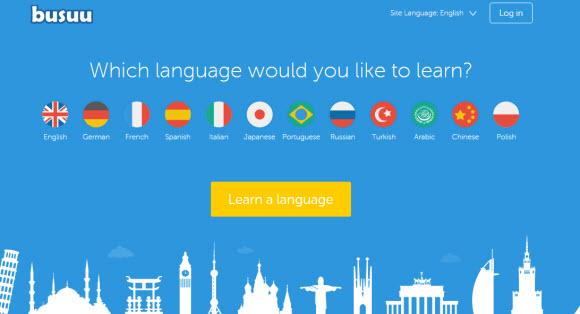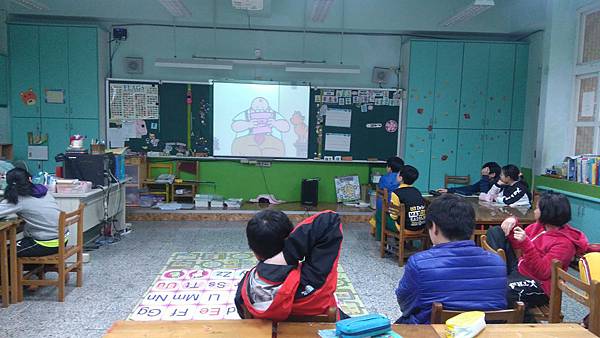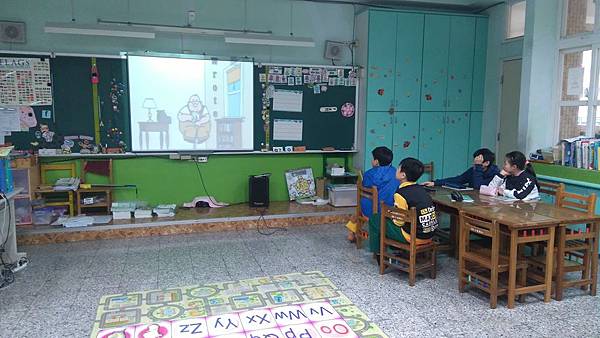Each school day, students are asked to engage in a variety of instructional tasks that require them to utilize language in a variety of ways. Students are asked to read, write, listen and speak about content-area concepts, which are often complex and require students to use academic vocabulary and language.
As teachers, how do we determine what the linguistic demand is of the tasks in which we are asking students to engage? How do we help students be successful at a variety of proficiency levels, with tasks that are linguistically complex?
Defining linguistic demand
Linguistic demand refers to the demands of a learning task, including the words, phrases and language structures that students will need to understand and be able to utilize in order to be successful with an academic task. The linguistic demand of a task includes receptive language skills, reading and writing, as well as the productive language domains of speaking and writing. Embedded in receptive and productive language skills are words and phrases, syntactic structures, semantics and key vocabulary.
Receptive language includes the language students must understand in order to engage in and complete an academic task. When planning an academic task, teachers should consider the language they will use when teaching students the content concepts of the lesson.
Instruction will need to be delivered in away that is comprehensible to the students, given their language proficiency levels. Teachers can use a variety of techniques, including using visuals, for example, to help make content concepts clear.
It is important to continue to include high levels of academic language in instruction, even when students are at the early proficiency levels of English. Using contextual definitions, wherein key vocabulary and academic language is defined in context, is another way to make high levels of academic language more comprehensible.
Productive language refers to the language students must use, or produce, to be successful on the task. Because of the inextricable link between language and understanding of content concepts, students will need to utilize language to process, practice and demonstrate their understanding of the concepts and skills being learned. To be successful, students will need explicit instruction in the specific vocabulary, phrases, structures and grammatical features to accomplish the particular task related to the content concepts and skills.
Interactive language skills combine both receptive and productive language wherein students communicate with the teacher or with each other. Through interaction, students negotiate for meaning, clarify and practice content knowledge and skills.
For students to be successful with interactive language skills, they will need instruction in meaningful and efficient interaction skills. For example, appropriate turn taking, asking questions, providing explanations and more.
Language functions and forms
Language functions are the purposes of language use in the classroom. There are myriad language functions that students and adults use on a daily basis for a variety of reasons, including social reasons, such as requesting assistance, suggesting, promising or denying. Academic language functions include classifying, describing, comparing and contrasting, expressing cause and effect, hypothesizing, reporting, sequencing and more.
The execution of language functions includes language forms. Language forms include the vocabulary, grammar and syntactic features that put words together to make meaning. Language forms can be utilized at the phrase or sentence level, and include receptive and productive language.
Susana Dutro and Carol Moran utilized a construction metaphor to explain language forms. They characterized words as "brick" words, those words specific to the content and concepts being taught, and "mortar" words, the words and phrases that determine the relationships between and among words. The following is an example of a language function and some language forms varied according to potential language proficiency and/or grade level:
- Bats are nocturnal, but eagles are diurnal.
- Whereas bats are nocturnal, eagles are diurnal.
- Bats are nocturnal, different from eagles, which are diurnal.
In these examples, the function, of course, is comparing and contrasting. There are two types of vocabulary presented within the language forms: general academic and domain-specific vocabulary.
General academic vocabulary refers to those words that cross various content areas. In the above examples, the words and phrases but, whereas and different from are all examples of general academic vocabulary related to compare and contrast (language function). The domain-specific vocabulary in the above examples includes bats, eagles, nocturnal and diurnal.
Determining the linguistic demand
When considering a particular task, teachers must consider a variety of factors. The following steps can be helpful in determining the linguistic demand of task students are engaging in.
Step 1: Consider the topic and task you will have students engage in to learn, practice and/or demonstrate understanding of the content concepts and skills.
Step 2: From there, consider the language functions that will need to be utilized within the task. Will students need to compare and contrast, classify, give or follow directions, evaluate, explain or hypothesize?
Step 3: Once the language functions have been determined, consider the language forms or structures that students will utilize.
Step 4: Determine the domain-specific vocabulary essential to the topic and task.
Step 5: Teach students the language function(s), forms, general academic and domain-specific vocabulary in the context of comprehensible input and instruction on the task and topic.
As you continually consider the linguistic demands of tasks — including the materials you will be utilizing and the receptive and productive language students will need — you may not need to follow the above listed steps in the exact order presented. These steps are meant to serve as a guide.
Over time, the task of determining the language demand will become easier and more natural, and you will be able to choose the language will need to be taught explicitly to your students, based on their background knowledge and experience level.





 學生聆聽有關 Mr. Morton 的歌曲,都很投入
學生聆聽有關 Mr. Morton 的歌曲,都很投入